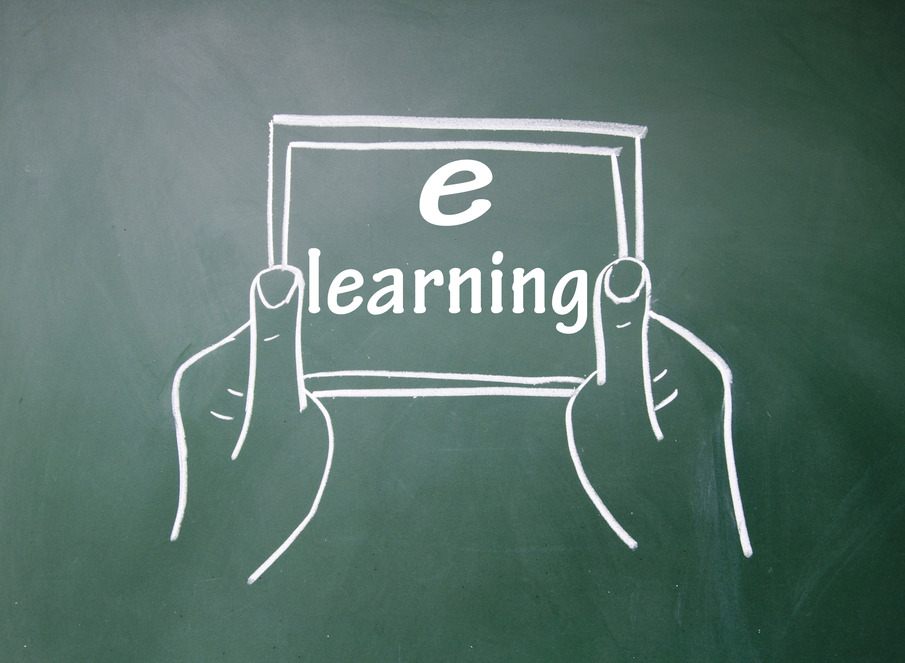
Mobile activity and thus mobile learning is growing at a rapid pace. Wherever you are, take a second to look up (likely from your phone or tablet) and I’m sure you will notice that the majority of people are looking down at their phones—especially if you’re on the bus. To give you an idea of how much we are looking down at screens (hopefully learning), Google research found that we spend on average, an additional 4.4 hours of leisure time per day looking at screens. Including work time, Google also found that we spread our ‘screen time' across devices in the following amounts:
- 24% of screen time spent on Laptop/PC
- 35% of screen time spent on Smartphones
- 9% of screen time spent on tablets
Corresponding with Google’s research, the Mobile Marketing Association unveiled that that mobile marketing is expected to reach $400 billion in returns over the next five years increasing at an annual rate of 52% per year. Essentially marketers are moving to where consumers (and learners) are—their smartphones. With current global smartphone users reaching two billion this year, it is estimated that total worldwide smart phone users will grow to six billion by 2020—that’s just under the current worldwide population! What does this mean for eLearning and online education? Well, a lot…let us explain.
Best Practices to Keep Apace with Growing Mobile eLearning
One trend we recognize gaining speed is the growth in smartphone screen size. Our smartphones travel with us everywhere—they are the first thing we look at in the morning and the last thing we look at before retiring to bed— as consumers we are wanting better and bigger optics. As smartphone screens continue to get larger, learners will be moving from their laptops to complete eLearning and online learning assignments on their phones. This is already happening so beat the trend and be sure to follow one* of these best practices for mobile eLearning (adopted from Marketo):
- Ensure your LMS has responsive design: responsive design will ensure that learners benefit from optimal viewing experience no matter the device they are on by adjusting layouts accordingly.
- Utilize dynamic serving: this is a highly technical endeavour and will require IT professionals or computer savvy individuals to successfully complete. Essentially, dynamic serving detects the device a learner on in order to load appropriate content to the URL.
- Ensure your LMS has a mobile URL: by creating a sub-domain for mobile learners, learners on mobile devices will be directed to specifically customized mobile sites for optimal viewing.
To demo the worlds leading open-source mobile LMS, contact one of our eLearning experts today! Additionally, you can check out our webinar on Implementing the Right Learning Technologies.
*Note: The 3 mobile eLearning practices are approaches that are intended to be used as single methods for better mobile eLearning. Choose an approach that aligns best with your LMS strategy!.




